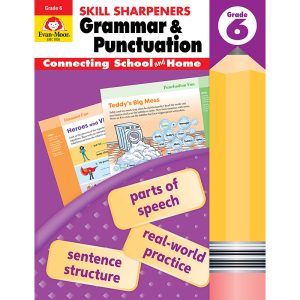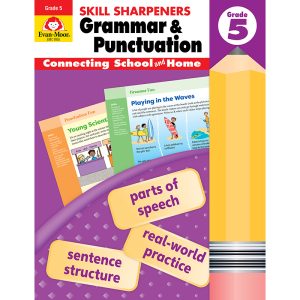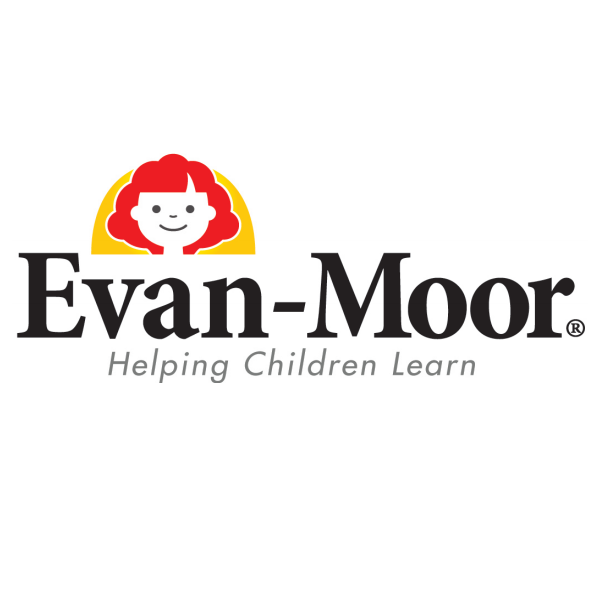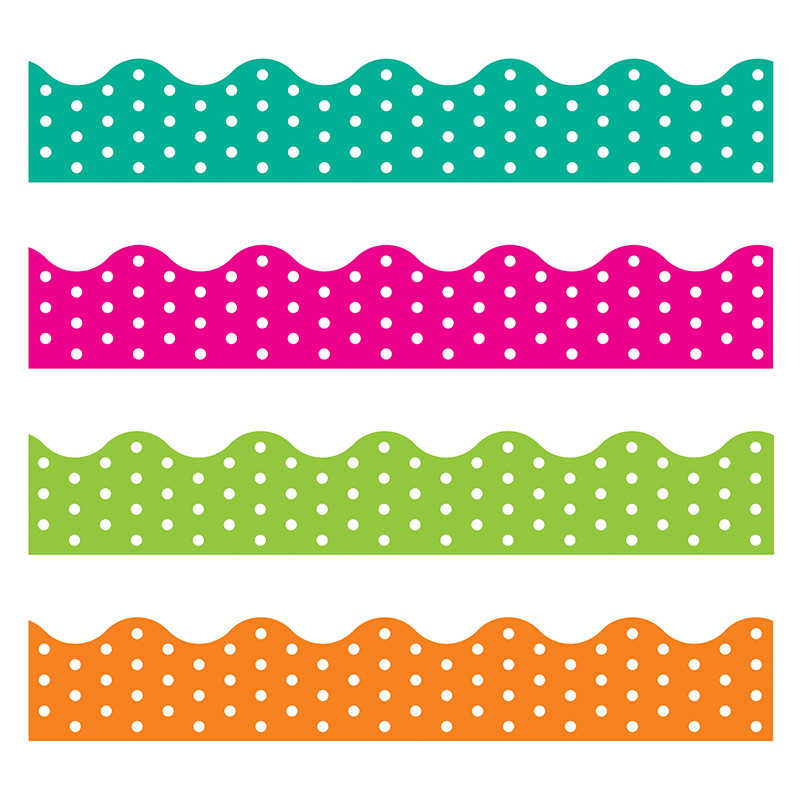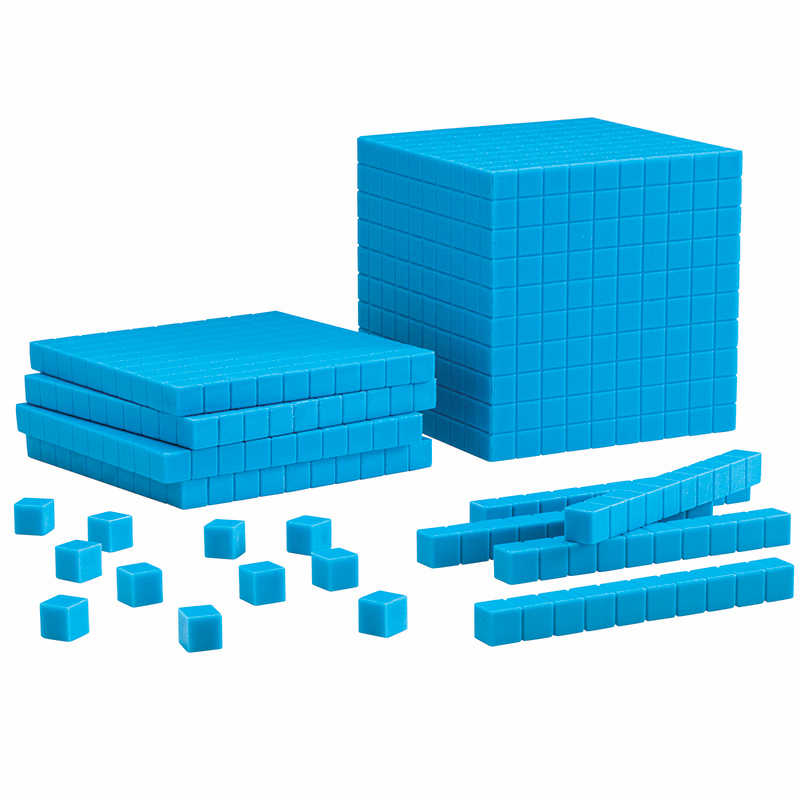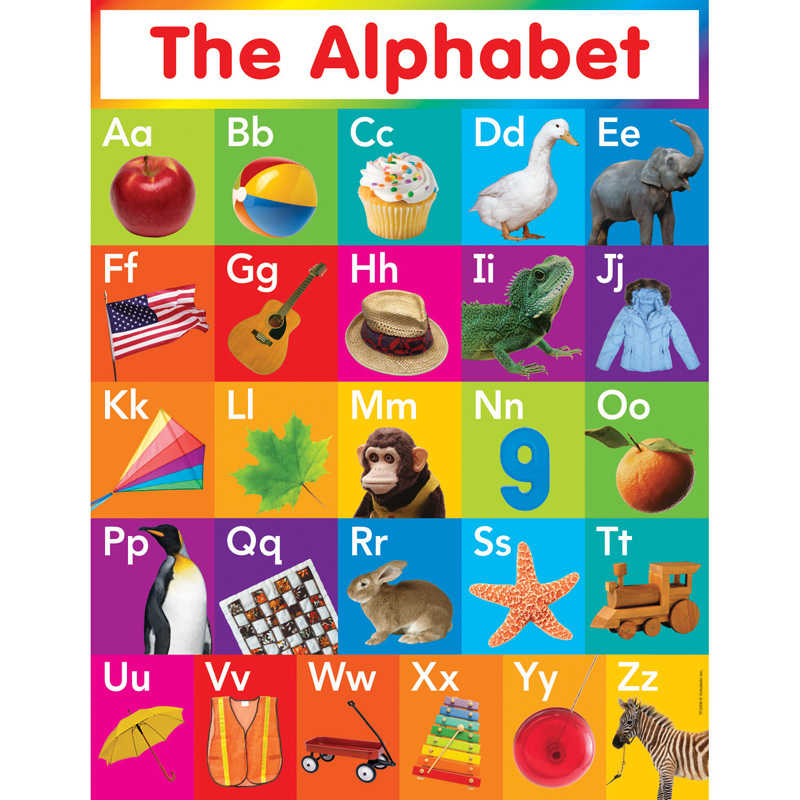Bread Around the World
This cross-curricular, thematic unit on bread contains social science, health, and science information for both teacher and students. As your students learn about bread, they will practice skills in reading, language, math, and science. The unit also contains activities designed to help students explore their creativity and to think critically.
In addition you will find:
• Bulletin Board Ideas
• Center Set-up
• Bibliography
• Patterns and Forms
WORKSHEET & Sample PDF Activity
Sample PDF Activity
Bibliography
The Bakers by Jan Adkins; Scribners, 1975
Bread and Jam for Frances by Russell Hoban; Harper and Row, 1964
Bread by Dorothy Turner; Carolrhoda Books, Inc., 1988
Bread, Bread, Bread by Ann Morris and Ken Heyman; Lothrop, Lee & Shepard Books, 1989
Incredible Edible Science by Tina L. Seelig; W. H. Freeman, 1994 (pages 66-69 explain how yeast works)
The Little Red Hen (your favorite version)
Make Me a Peanut Butter Sandwich and a glass of milk by Ken Robbins; Scholastic Inc., 1992
Pablo Remembers: The Fiesta of the Day of the Dead by George Ancona; Lothrop, Lee & Shepard, 1993
Pizza for Breakfast by Maryann Kovalski; Morrow Junior Books, 1990
Seven Loaves of Bread by Freida Wolff; Tambourine Books, 1993
The Sleeping Bread by Stefan Czernecki and Timothy Rhodes; Hyperion Books for Children, 1992
Tony’s Bread by Tomie de Paola; G. P. Putnam’s Sons, 1989
Bread is for Eating by David and Plillis Greshator; Henry Holt & Company, Inc., 1995
Take advantage of the wonderful resource you have in your students’ parents. Invite them to speak to the class about special breads eaten by their family and the occasions on which these breads are eaten.
Bread Around the World
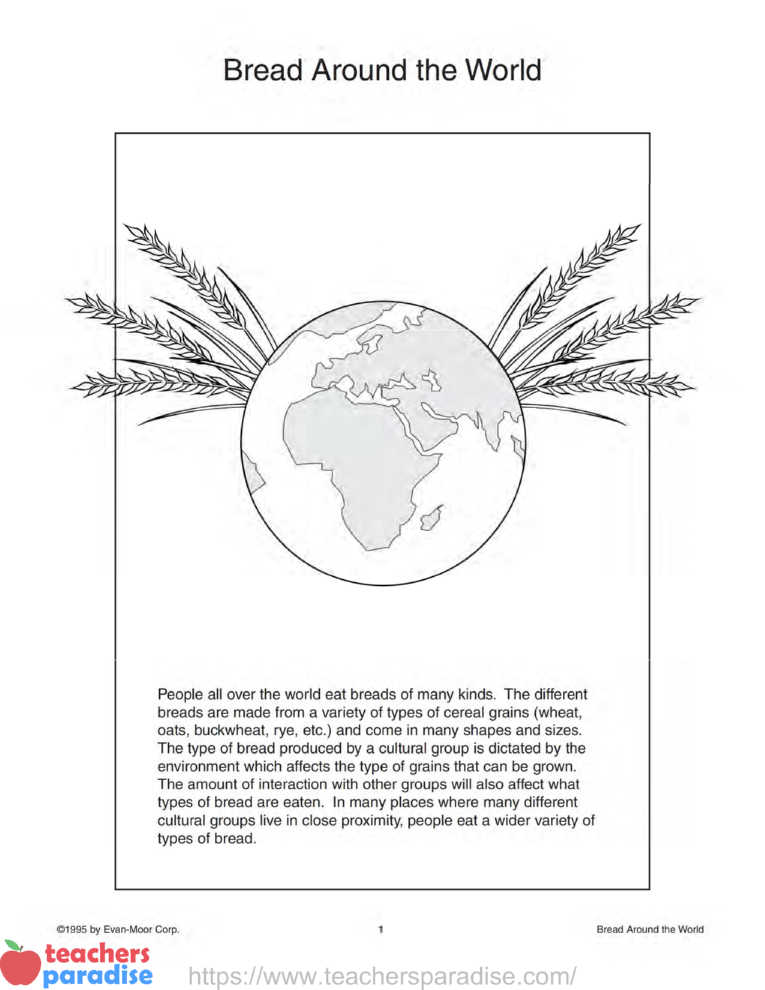
People all over the world eat breads of many kinds. The different breads are made from a variety of types of cereal grains (wheat, oats, buckwheat, rye, etc.) and come in many shapes and sizes. The type of bread produced by a cultural group is dictated by the environment which affects the type of grains that can be grown. The amount of interaction with other groups will also affect what types of bread are eaten. In many places where many different cultural groups live in close proximity, people eat a wider variety of types of bread.
Using the information pages in this unit:
The pages listed below have a small loaf of bread in the corner. These pages contain information about the history of bread, how grains grow, the process of making flour and bread, and the nutritional value of bread. These pages will need to be read to or with your students before discussing the information they contain.
Some or all of these pages can be reproduced for students to use in creating a bread information book of their own. The pages can be placed in a folder or kept in a portfolio with other activities until the unit is complete. Then staple the pages together in a construction paper cover.
Page 10 – Bread is Good for You
Page 14 – Where Does Flour Come From
Pages 16 and 17 – Breads from Many Lands
Page 18 and 20 – The History of Bread
Preparation for a unit on bread:
- Check your audiovisual catalog to see what films or videos are available for you to share with your class.
- Do some research to see who in your community can speak to your class about:
raising wheat
baking bread
ethnic breads - Determine field trips your students can take:
wheat farm
bakery or bread factory
mill
specialty bakeries - Speak to your school and public librarians and collect as many books as you can to use in setting up an information center in class. The bibliography on the inside front cover contains a few resources you might use, but is by no means a complete listing of what is available.
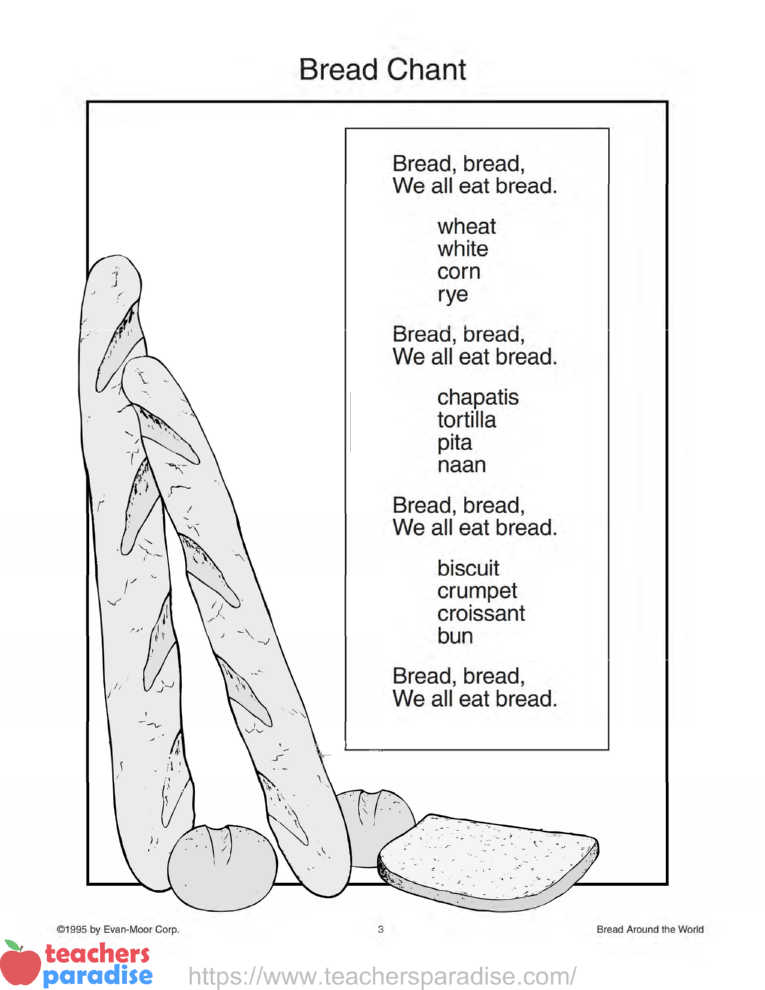
Bread Chant
Bread, bread,
We all eat bread.
wheat
white
corn
rye
Bread, bread,
We all eat bread.
chapatis
tortilla
pita
naan
Bread, bread,
We all eat bread.
biscuit
crumpet
croissant
bun
Bread, bread,
We all eat bread.
Room Environment
Set up a bulletin board and learning center based on the material you will be covering in this unit.
Bulletin Board
Cover a large bulletin board with colored butcher paper. Divide the area into two sections.
Title one section “Read the Wrapper.”
Pin empty bread wrappers and cracker boxes to this section. Be sure to have some placed so children can see the nutritional information.
Title the other section “Bread.”
Put pictures of different types of bread labeled with their names in this section. Use pictures from magazines, package wrappers, or pictures you draw. These two sections will provide information for students as they do the activities on the center table.
Attach manila envelopes as pockets to hold activity cards and work sheets. Write the directions for each activity on the outside of the envelope.
Activity #1 – Have children make a list of the names of the bread and crackers they see on the wrappers and boxes on the bulletin board. Challenge students to put the names in alphabetical order.
Activity #2 – Put copies of the form on page 11 in the envelope. Students are to fill in the blanks using information off the wrappers.
Activity #3 – Put picture cards and name cards in the envelope. (These should be copies of the same pictures and words you have on the bulletin board.) The student matches each picture with its name.
Activity #4 – Have children choose their favorite type of bread among those shown on the board. They are to draw it and write one or more sentences explaining why that is their favorite.
Center
Place a table in front of the bulletin board. Provide the following materials for children to use as they do the activities in the pockets.
• books about bread
• paper, pencils, and crayons
• an empty box for completed activities

